Cold deserts, such as the Gobi Desert, are places with little rainfall and low temperatures in winter due to geographical features.
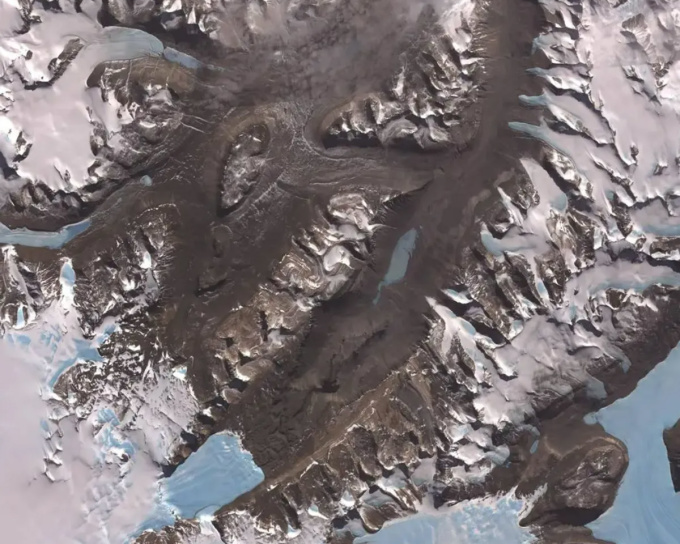
The McMurdo Dry Valleys in Antarctica have not seen rain for about 2 million years. Photo: NASA/GSFC/METI/ERSDAC/JAROS/ASTER Science Team
When most people think of a desert, they imagine scorching sand dunes and scorching suns. However, this is only one aspect of desert climates. Outside of the Sahara and the Great Australian Desert, some desert environments are associated with much colder temperatures.
Deserts are defined as areas that receive very little rainfall and are not necessarily related to temperature. Many deserts are extremely hot with daytime temperatures reaching 54 degrees Celsius, but temperatures drop dramatically at night due to the lack of humidity and the poor heat-retaining properties of sand.
Some deserts have cold climates for long periods of time, day and night. Scientists simply call these places cold deserts. Unlike hot deserts, cold deserts are usually located around temperate regions at high altitudes, such as on plateaus or between mountain ranges. They are often located inland, away from coastal waters, which increase the humidity of the air.
The Gobi Desert in northern China and southern Mongolia is one of the most striking examples. Summers are hot here, but winter temperatures can drop to -38 degrees Celsius. One reason the desert is so cold is its high latitude, and it sits on a plateau about 910 to 1,520 meters above sea level. The Gobi Desert's dryness is caused by the rain shadow effect. To the south of the desert are the Himalayas, which block moisture-rich clouds from the Indian Ocean.
Another example is the Patagonian Desert, the largest desert in Argentina. It is relatively warm in the summer, but in the winter temperatures rarely exceed 12 degrees Celsius, with an average of just 3 degrees Celsius. The United States also has cold deserts, such as the Great Basin Desert between the Sierra Nevada and the Wasatch Range.
Some areas of the Arctic and Antarctic are classified as polar deserts. In fact, the Antarctic Polar Desert is the largest desert in the world, typically receiving less than 50 mm of precipitation per year, most of which falls as snow or ice crystals. Polar deserts do not receive much precipitation because the cold temperatures do not hold much moisture, resulting in less humidity and a lower chance of precipitation.
Antarctica is also the driest continent on the planet. Some of the driest areas of Antarctica, called the Dry Valleys, have not received a drop of rain for about 2 million years. Along with the continent's extreme temperatures, this extreme dryness is caused by the surrounding mountains. Despite the climate, the Dry Valleys support life. However, there are no seals or penguins. The only life forms that do exist are lichens, mosses, algae, and cyanobacteria.
Thu Thao (According to IFL Science )
Source link



![[Photo] President Luong Cuong meets 100 typical examples of the Deeds of Kindness Program](https://vstatic.vietnam.vn/vietnam/resource/IMAGE/2025/4/16/ce8300edfa7e4afbb3d6da8f2172d580)
![[Photo] President Luong Cuong receives Ethiopian Prime Minister Abiy Ahmed Ali](https://vstatic.vietnam.vn/vietnam/resource/IMAGE/2025/4/16/504685cac833417284c88a786739119c)
![[Photo] Opening of the 4th Summit of the Partnership for Green Growth and the Global Goals](https://vstatic.vietnam.vn/vietnam/resource/IMAGE/2025/4/16/488550ff07ce4cd9b68a2a9572a6e035)
![[Photo] National Assembly Chairman Tran Thanh Man meets with Ethiopian Prime Minister Abiy Ahmed Ali](https://vstatic.vietnam.vn/vietnam/resource/IMAGE/2025/4/16/c196dbc1755d46e4ae7b506c5c15be55)
![[Photo] Many practical activities of the 9th Vietnam-China border defense friendship exchange](https://vstatic.vietnam.vn/vietnam/resource/IMAGE/2025/4/16/3016ed3ef51049219574230056ddb741)











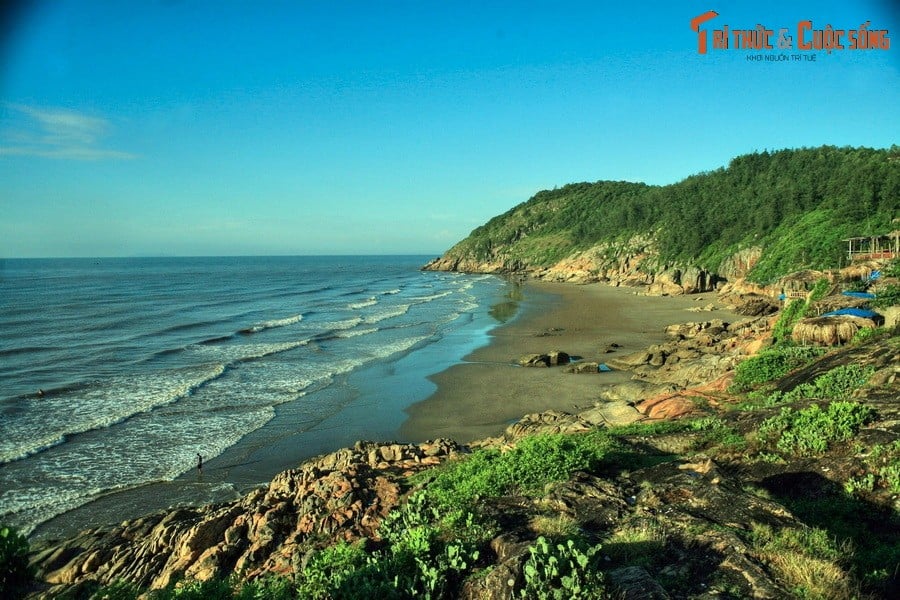
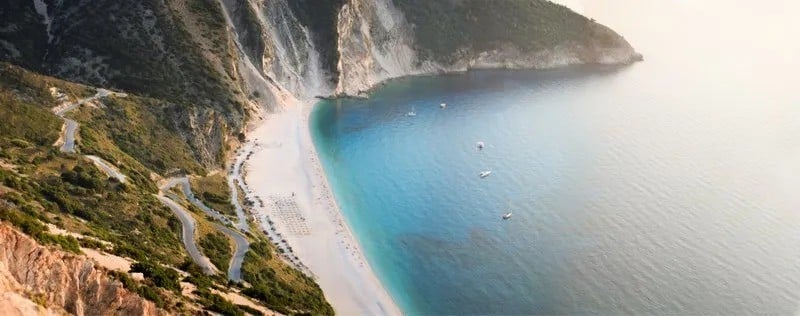


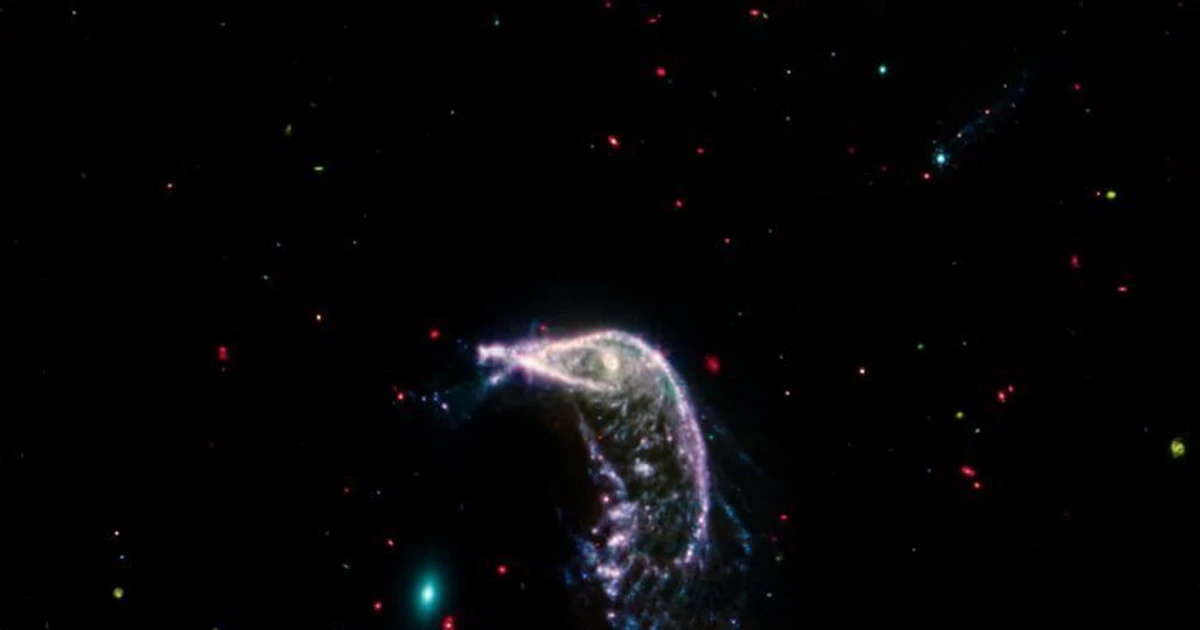










![[Photo] Opening of the Exhibition on Green Growth](https://vstatic.vietnam.vn/vietnam/resource/IMAGE/2025/4/16/253372a4bb6e4138b6f308bc5c63fd51)














































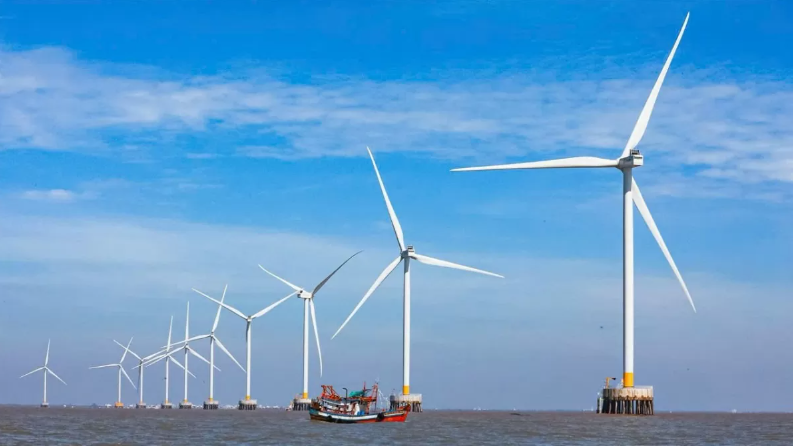





















Comment (0)